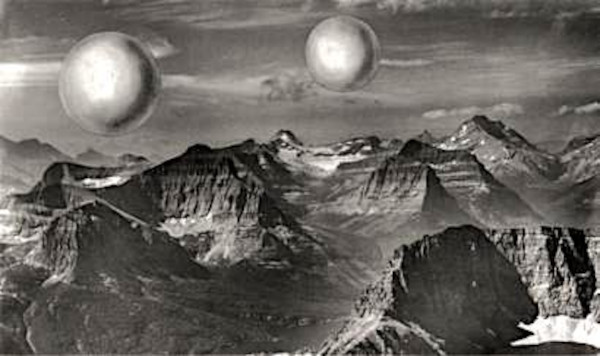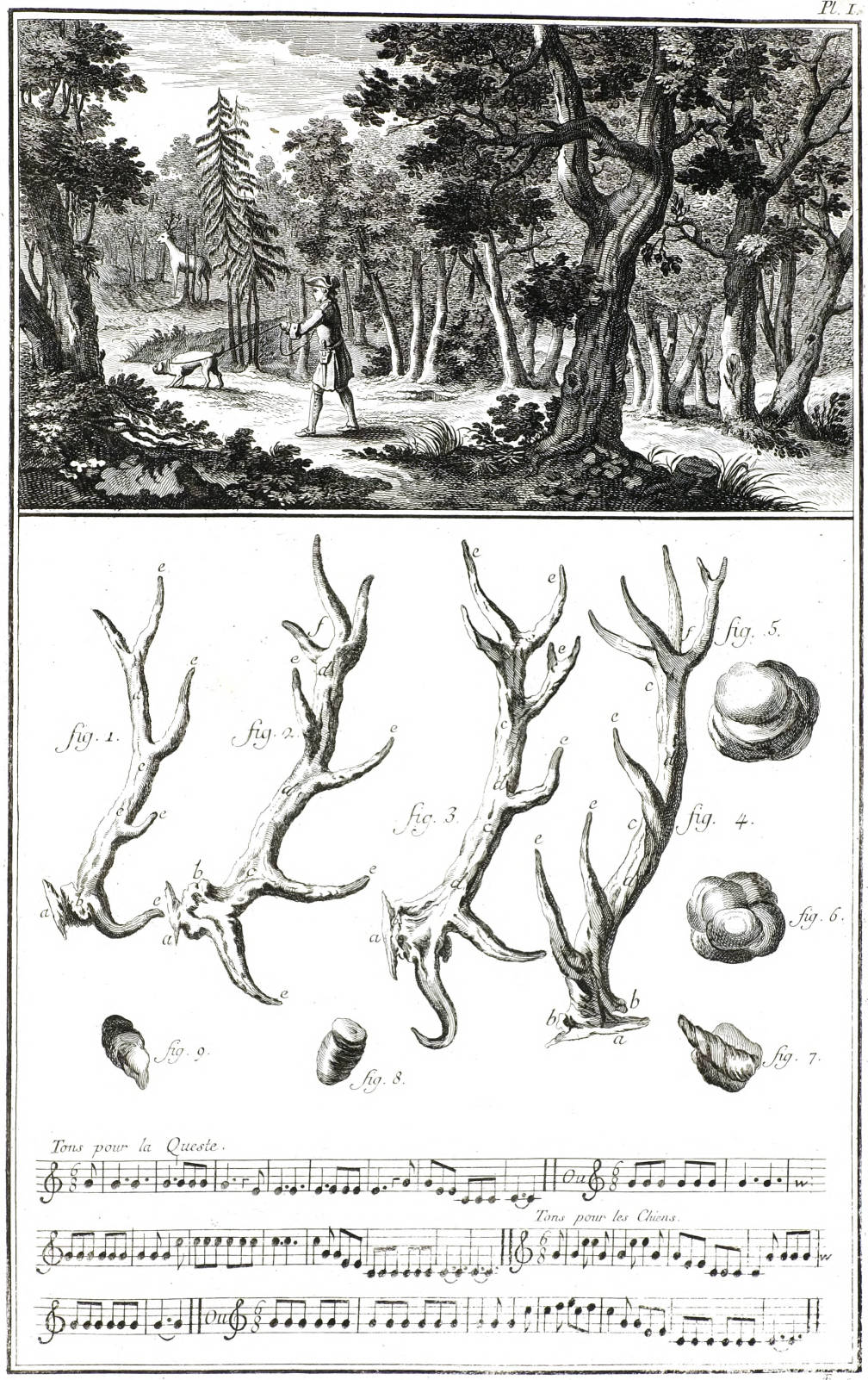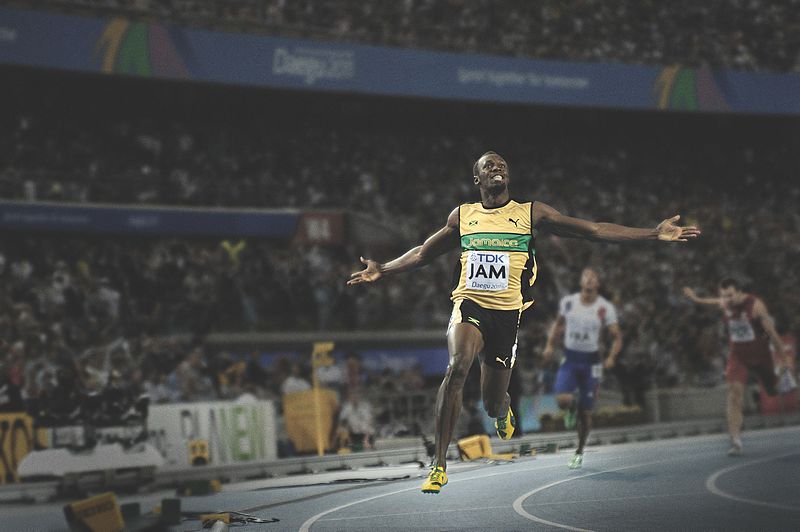
Strategies to memorize π sometimes rely on devising a sentence with words of representative lengths. Isaac Asimov offered this one:
How I want a drink, alcoholic, of course, after the heavy lectures involving quantum mechanics!
Count the letters in each word and you get 3.14159265358979. That’s not the best strategy, though: What shall we do about zero? And it’s hard to reel off the digits impressively for friends when you have to stop and count the letters in each word.
Arthur Benjamin, a mathematician at Harvey Mudd College, suggests using a phonetic code instead:
1 = t or th or d
2 = n
3 = m
4 = r
5 = l
6 = sh, ch, or j
7 = k or hard g
8 = f or v
9 = p or b
0 = s or z
Once we’ve memorized this list, we can turn a whole string of digits into a single word simply by inserting vowels between the consonants. So, for example, 314 could be represented by meter, motor, meteor, matter, mother, etc. The consonants h, w, and y, which don’t appear in the list, can be used like additional vowels.
Using this method, it takes only three sentences to encode the first 60 digits of π:
3. 1415 926 5 3 58 97 9 3 2 384 6264
My turtle Pancho will, my love, pick up my new mover Ginger.
3 38 327 950 2 8841 971
My movie monkey plays in a favorite bucket.
69 3 99 375 1 05820 97494
Ship my puppy Michael to Sullivan’s backrubber!
Now we just need a way to remember the sentences …
(Arthur T. Benjamin, “A Better Way to Memorize Pi: The Phonetic Code,” Math Horizons 7:3 [February 2000], 17.)





